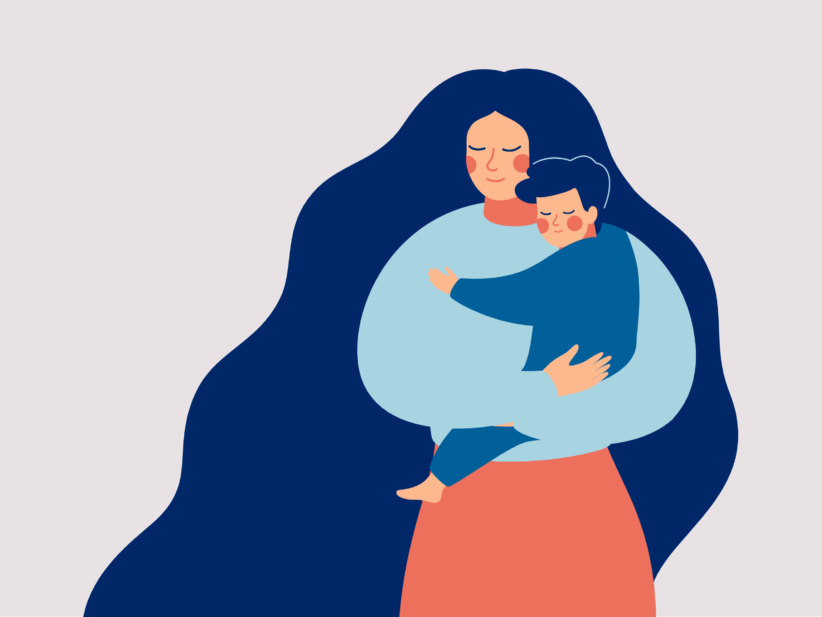Walking has been a mainstay of our daily routine since Jerry and I met 35 years ago. In addition to the ground we’ve covered, we’ve discussed virtually every subject imaginable. Exploring issues, sharing ideas, exchanging opinions, and seeking solutions exercises our minds while we exercise our bodies. A modest estimate of the distance we’ve traveled exceeds 60,000 miles. So, basically, we’ve walked and talked our way around the world a couple of times.
As year-round, all-weather walkers, we’ve logged some memorable encounters. Besides being regularly asked for directions, passersby stop and report that we’ve inspired them to start exercising. One woman flagged us down to tell us she can calculate whether she’s on time or late by where she passes us on her way to work. Her friendly beep has become familiar. Years ago, a van pulled up alongside us and the driver said, “You don’t know me, but I see you walking every morning on the way to school. The other day my son needed a definition and example of perseverance. I told him, ‘You know that couple we see walking all the time? That’s perseverance.’”
Apparently, we’ve acquired somewhat of a reputation.
Naturally, we’ve observed considerable change over the years and miles we’ve walked. Saplings have matured into full-grown trees, young couples have become parents, children have graduated from high school, gone to college, and gotten married. In addition to these pleasantly anticipated life-cycle changes, we’ve observed a disturbing trend evidenced by a decline in common courtesy, failure to abide by basic safety regulations, and blatant disregard for the rights of others.
As pedestrians, we regularly witness reckless driving practices, inadequate child supervision, and discourteous behavior. But the troubling situation we have personally been repeatedly confronted with in recent years is irresponsible pet ownership. When we’re not dodging distracted drivers, we’re avoiding unrestrained dogs. We have been chased, approached, and threatened by snarling, growling, barking, unleashed dogs while their owners casually call out to us, “Oh, he won’t bite.” When we politely remind them of the leash law in our city, the offenders become belligerent, even hostile.
Just last month, after running into the street to avoid being bitten, I commented that the dog was supposed to be leashed, to which the owner replied, “If you’re afraid of dogs, you shouldn’t be out walking. Just stay home.” Instead of demonstrating accountability for neglecting to adhere to the leash law, he suggested I should not exercise my right to walk on a public sidewalk.
This interaction epitomizes the confusion regarding what it means to have rights; the lack of appreciation for the responsibilities accompanying all rights; and the failure to consider the implications of one’s behavior for others. In short, it exemplifies the blatant disregard for the interpersonal nature of freedom seemingly rampant in the current social climate.
As a cornerstone of democracy, freedom must be vigilantly protected. An effective method for protecting freedom is recognizing where my rights end and another’s begin. If I choose to exercise a particular right, I am implicitly accepting the associated responsibilities. Failure to fulfill these obligations results in specific consequences, which could ultimately include losing that right.
I may have the right to drive, but I don’t have the right to jeopardize others’ safety. I have a responsibility to abide by the laws governing car ownership. I may have the right to own a dog, but I don’t have the right to allow my dog to endanger others. I have a responsibility to abide by the laws governing pet ownership.
Each of us is responsible for exercising our rights in a manner that does not infringe upon the rights of others. This is what it means to be a member of society. This is what it means to live in a democracy. That is why our Constitution begins with, “We, the people …”, not “I, the individual …”
As a microcosm of society, the family provides an ideal context for learning about the reciprocal relationship between rights and responsibilities. By teaching our children that having rights does not mean getting to do whatever you want, we are preparing them to live in a society that enjoys tremendous freedom within limits. We have the freedom to choose between doing what is allowed and what is not. If we choose what is not, there are consequences. Providing our children with age-appropriate expectations, and rules with reasonable consequences for failure to comply, allows them to practice making choices. Good choices often result in increased freedom. Poor choices often result in reduced freedom. The way to avoid external constraint is to practice internal restraint. Living by the same rules we expect others to follow, and considering the impact of our decisions on others, are practices that readily translate from living effectively in a family to living effectively in society.
Every morning, Jerry and I have the freedom to go out our front door and walk. Now, we’re not allowed to walk down the middle of the street, or into other people’s houses, or through other people’s yards. But otherwise, we can completely enjoy the freedom to walk and talk our way around the world for a third time. If you should happen to see us, feel free to wave!
Carolyn Waterbury-Tieman has been married for 29 years and has two sons. She spent 15 years in various agencies and clinics as a family therapist and parent educator and has written extensively on the topic of parenting. To contact her, please e-mail paren





















